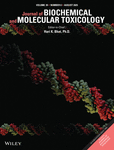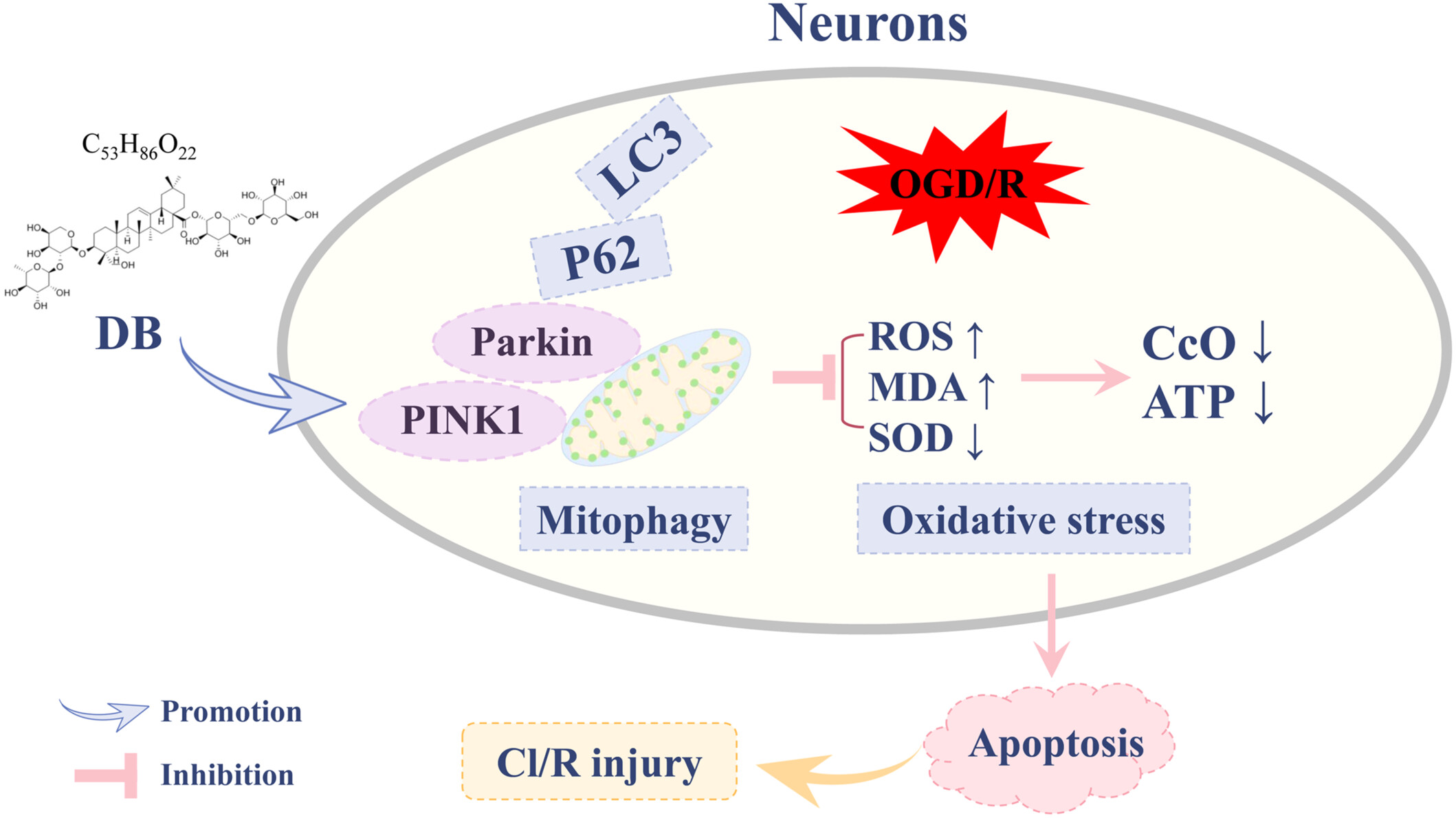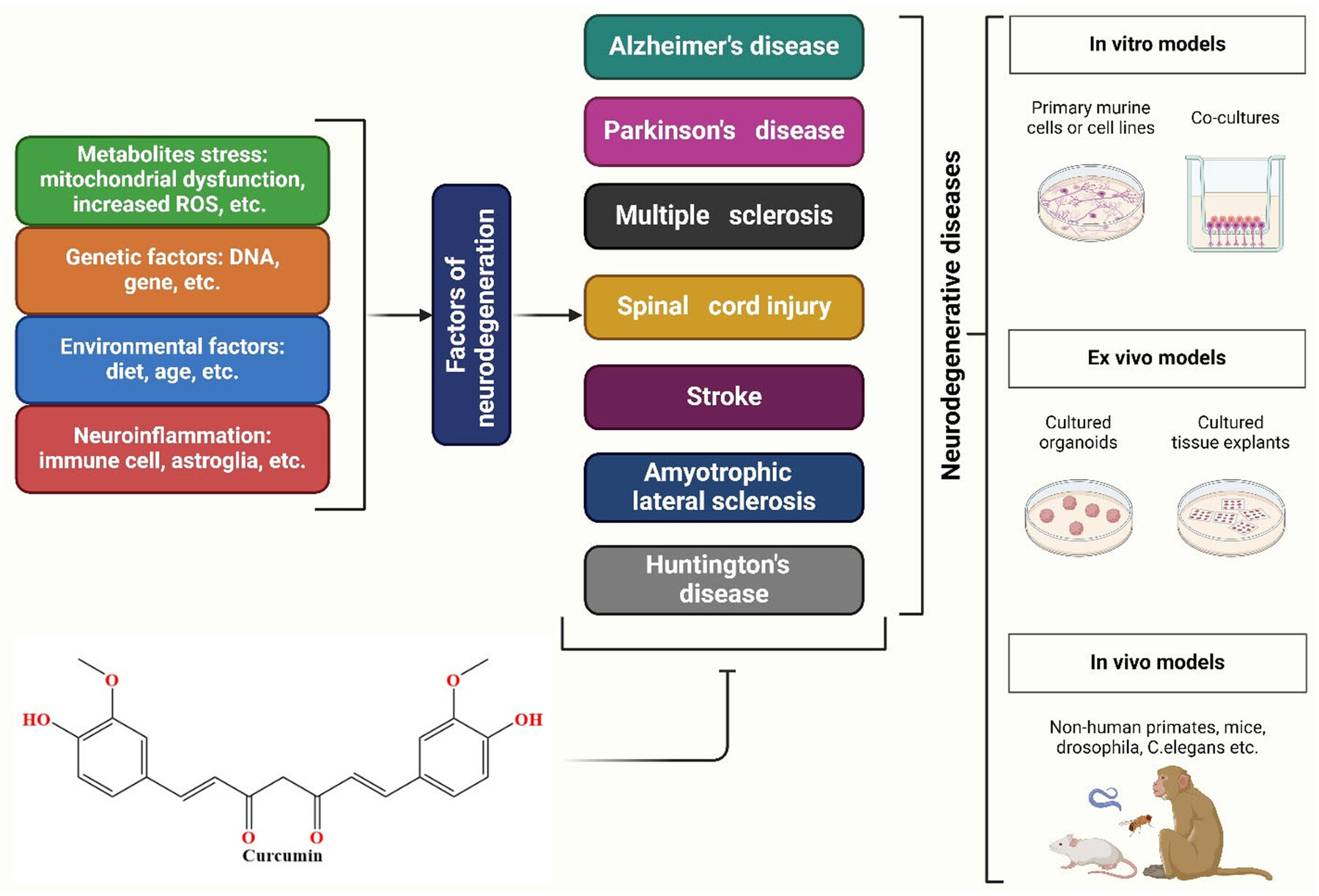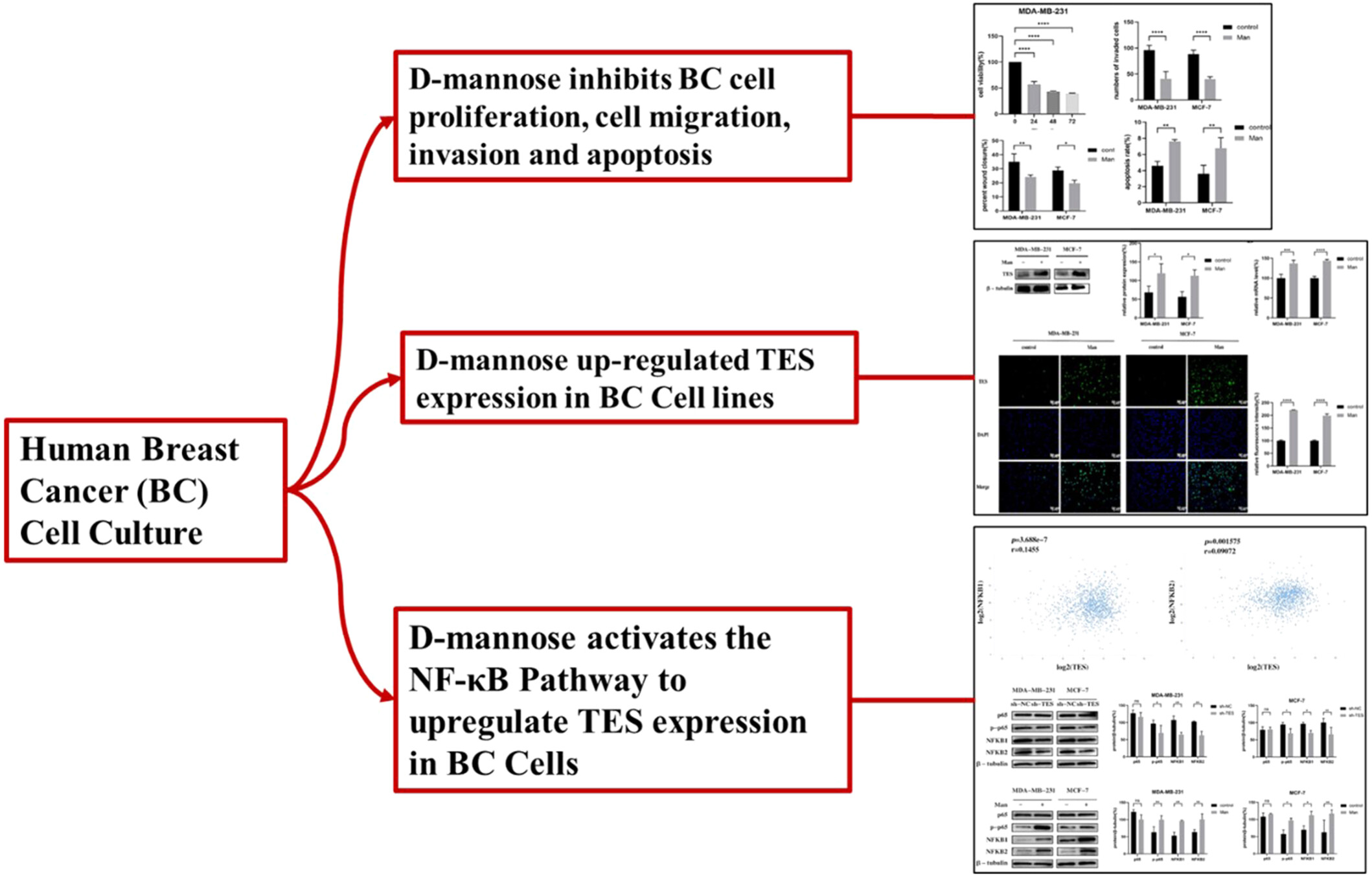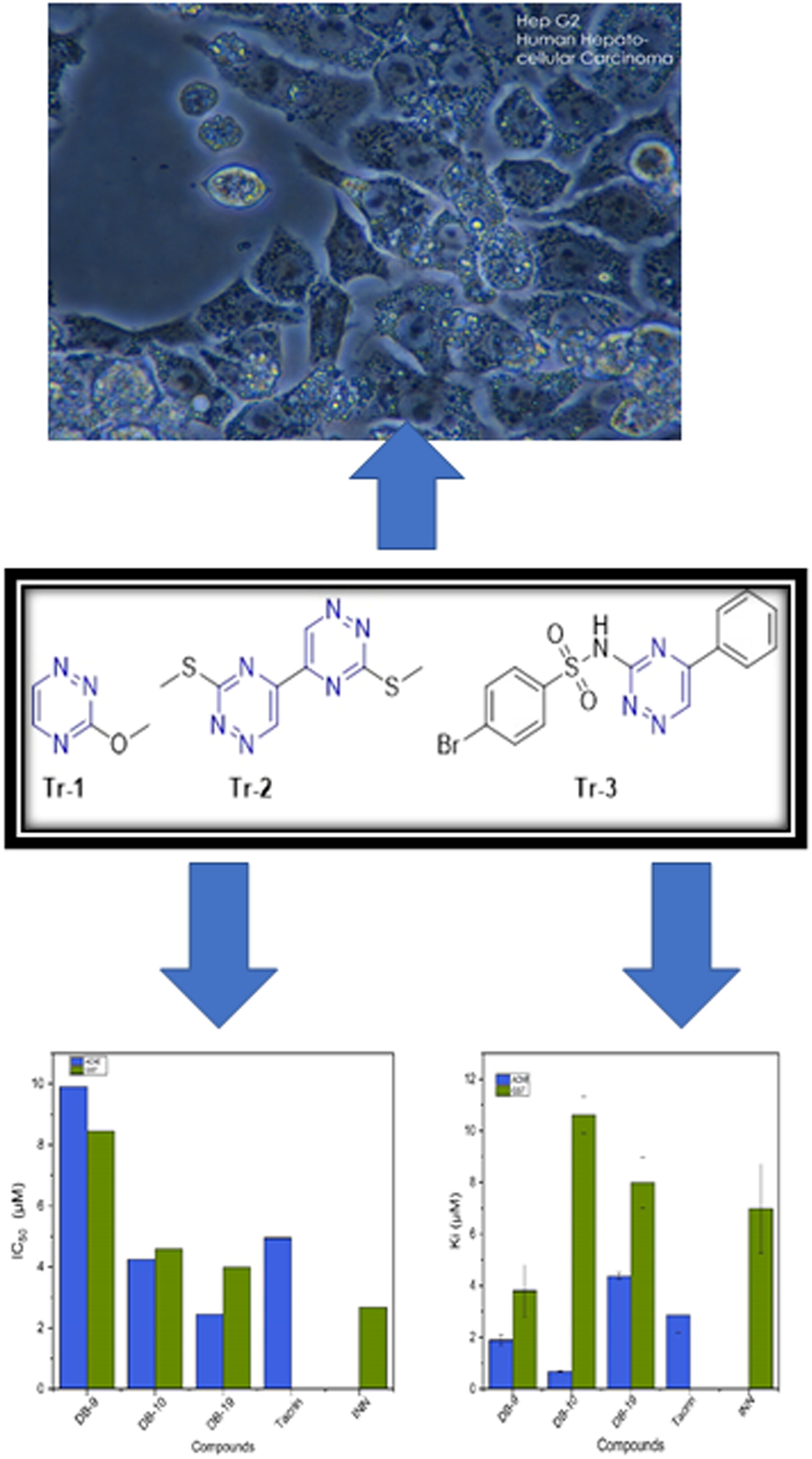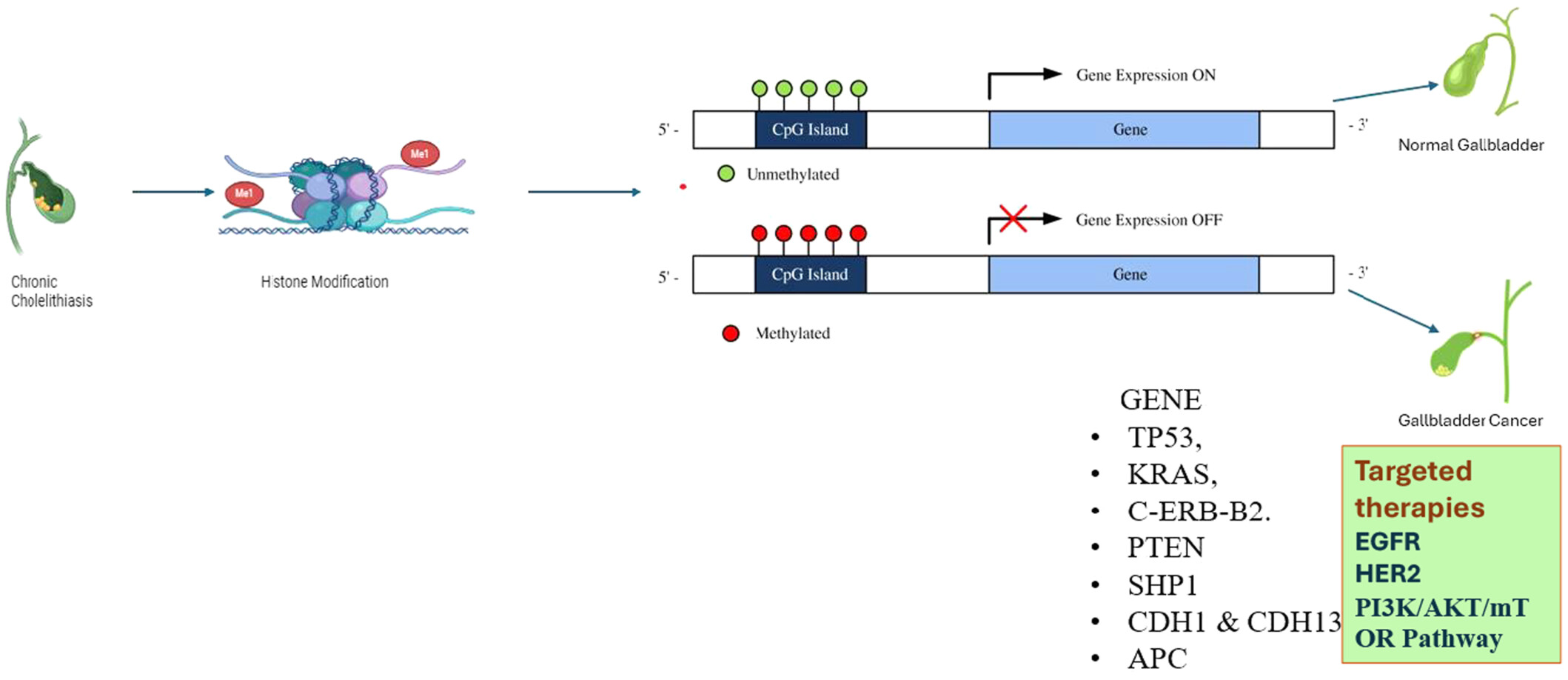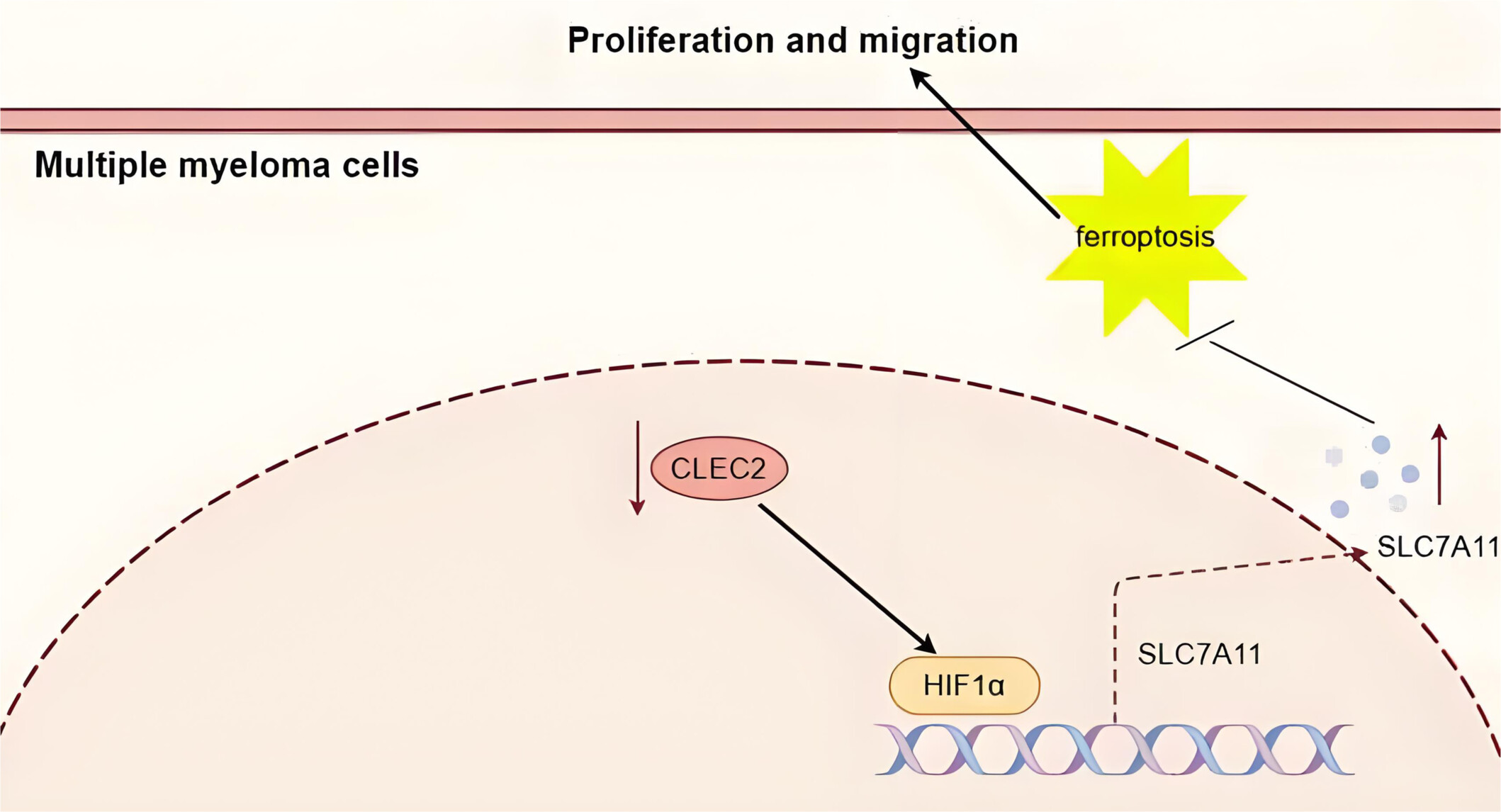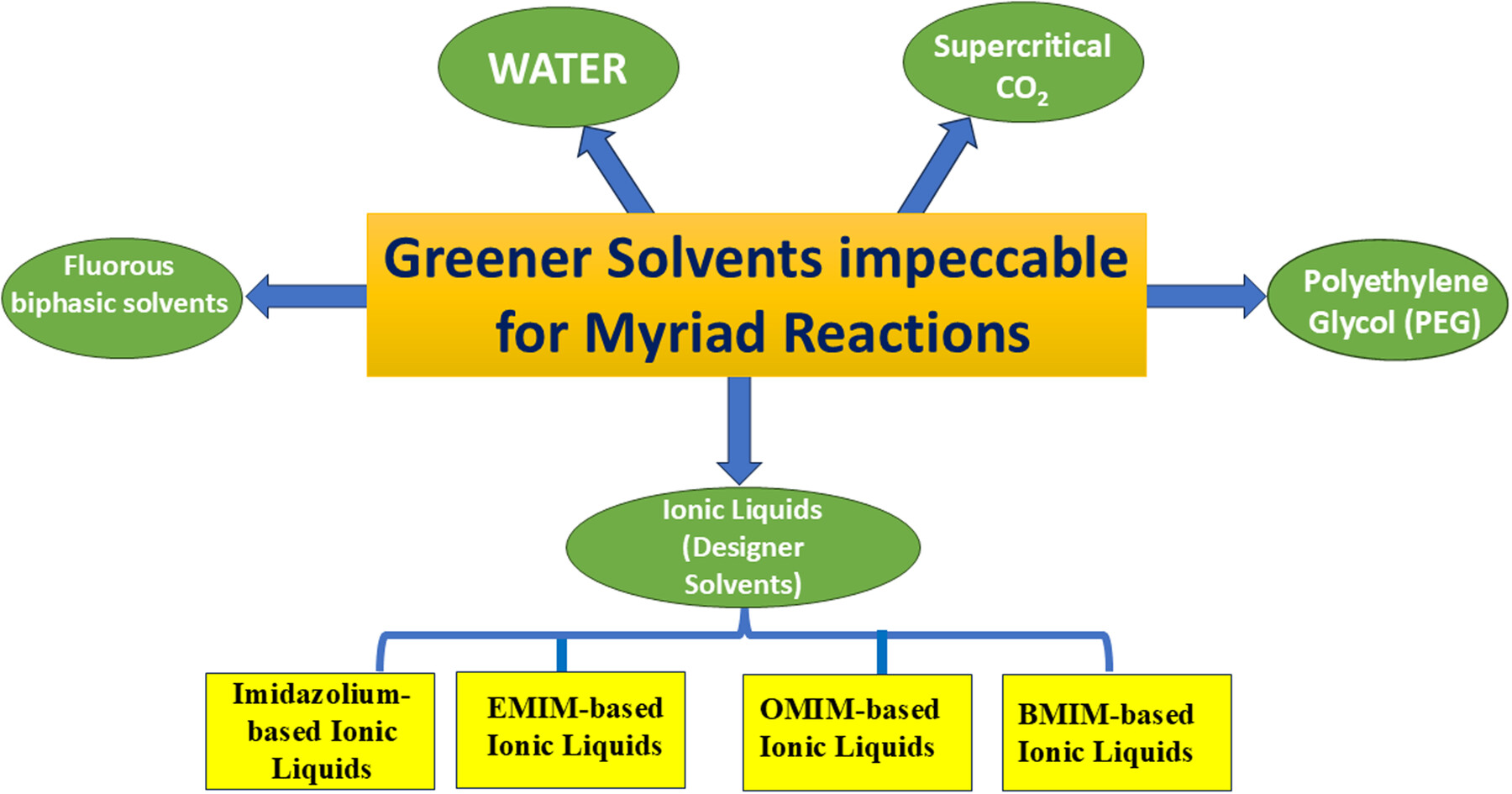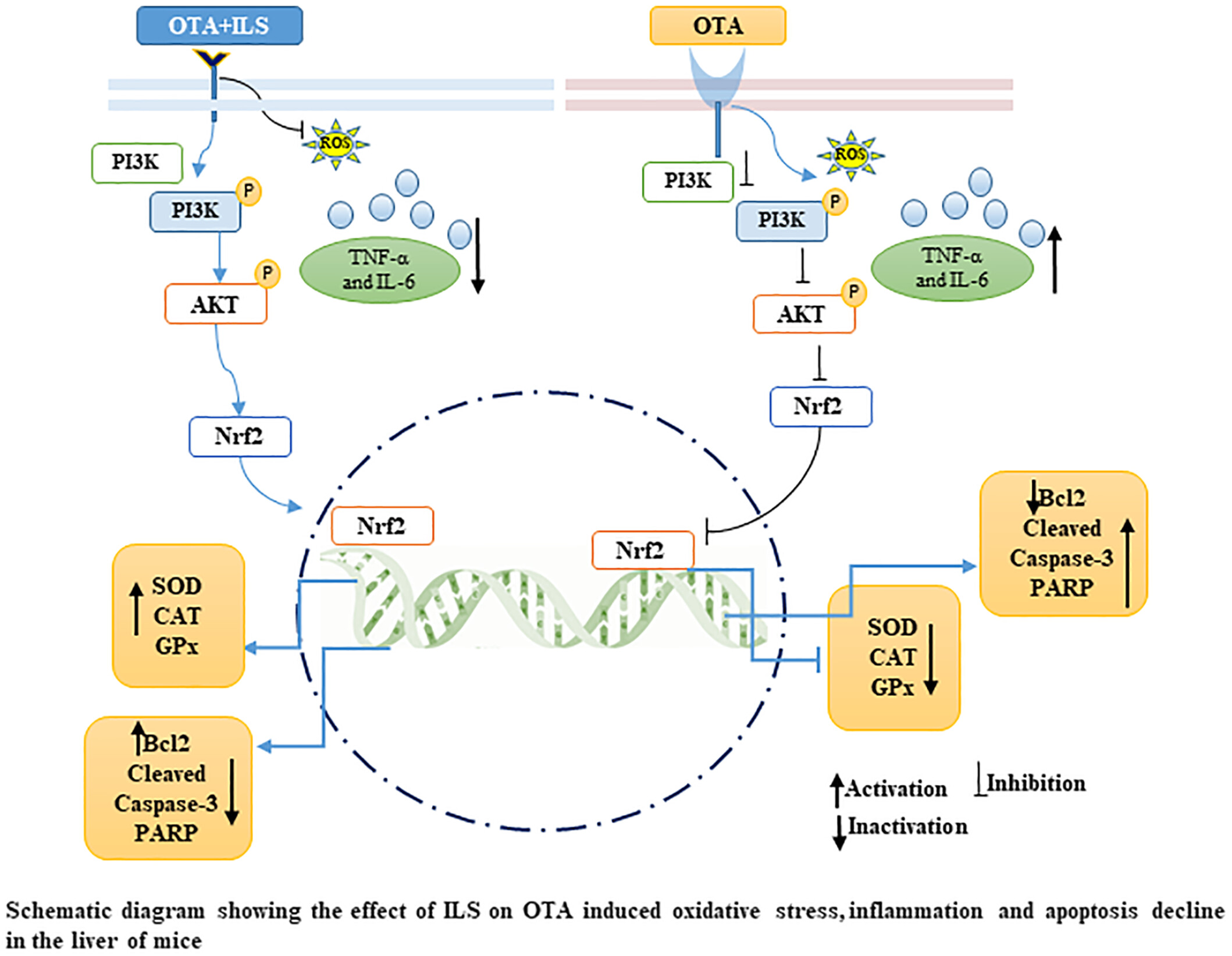Journal list menu
Export Citations
Download PDFs
ISSUE INFORMATION
RESEARCH ARTICLE
1,8-Cineole Protects Against Liver Toxicity Induced by Aroclor-1254 in a Rat Model
- First Published: 28 July 2025
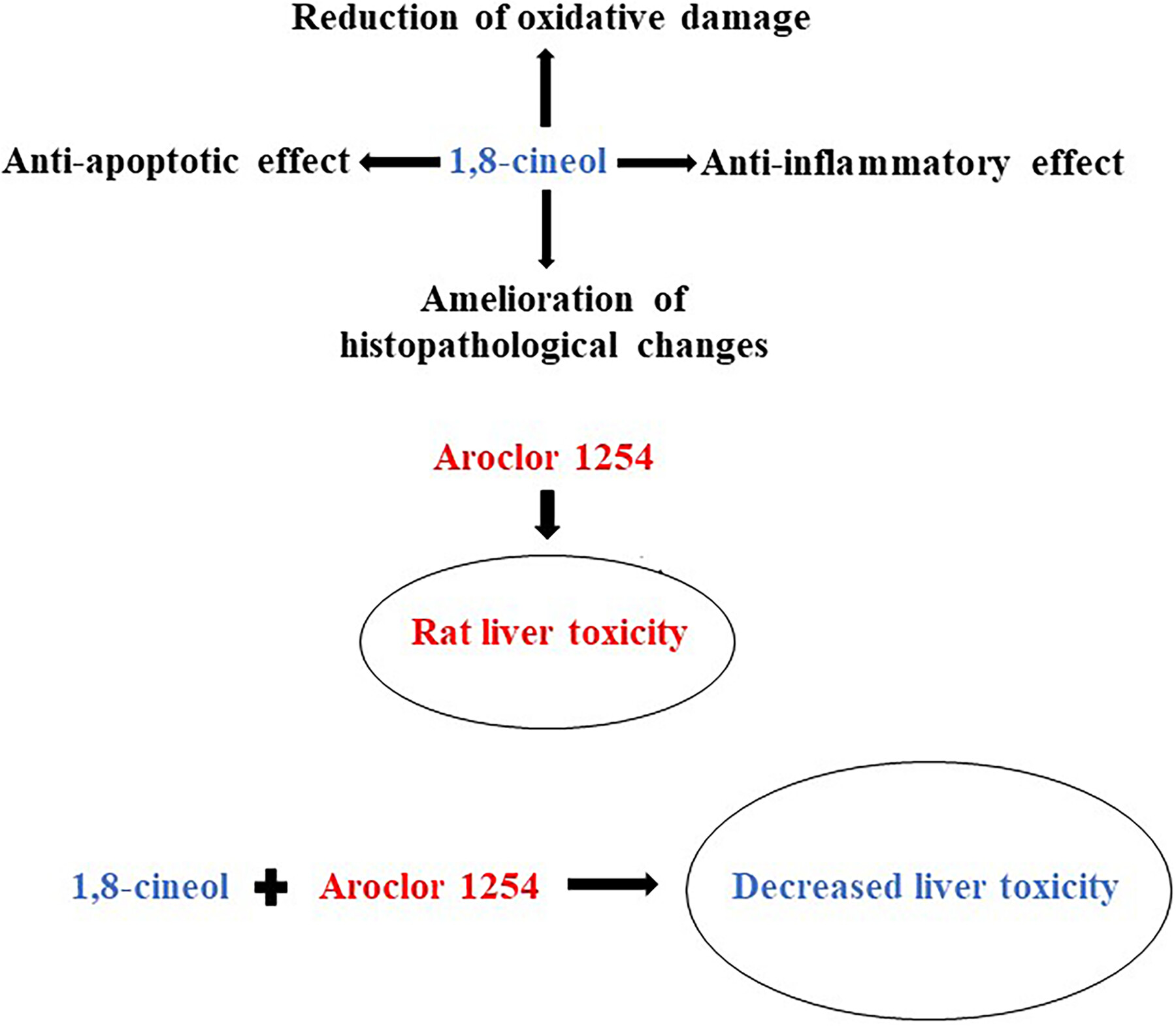
This study aimed to determine the protective role of 1,8-cineol in Aroclor-1254 induced liver toxicity in a rat model. 1,8-cineol may be a protective agent due to its anti-apoptotic effect, reduction of oxidative damage, anti-inflammatory efficacy, and amelioration of histopathological changes in liver toxicity.
Protection of Dipsacoside B Against Cerebral Ischemia/Reperfusion Injury via Activating PINK1/Parkin-Mediated Mitophagy
- First Published: 28 July 2025
REVIEW
Neuroprotective Potential of Curcumin in Neurodegenerative Diseases: Clinical Insights Into Cellular and Molecular Signaling Pathways
- First Published: 18 July 2025
RESEARCH ARTICLE
Interplay of Vitamin D and Aryl Hydrocarbon Receptors in CD4+ T Cell Fate Determination
- First Published: 20 July 2025
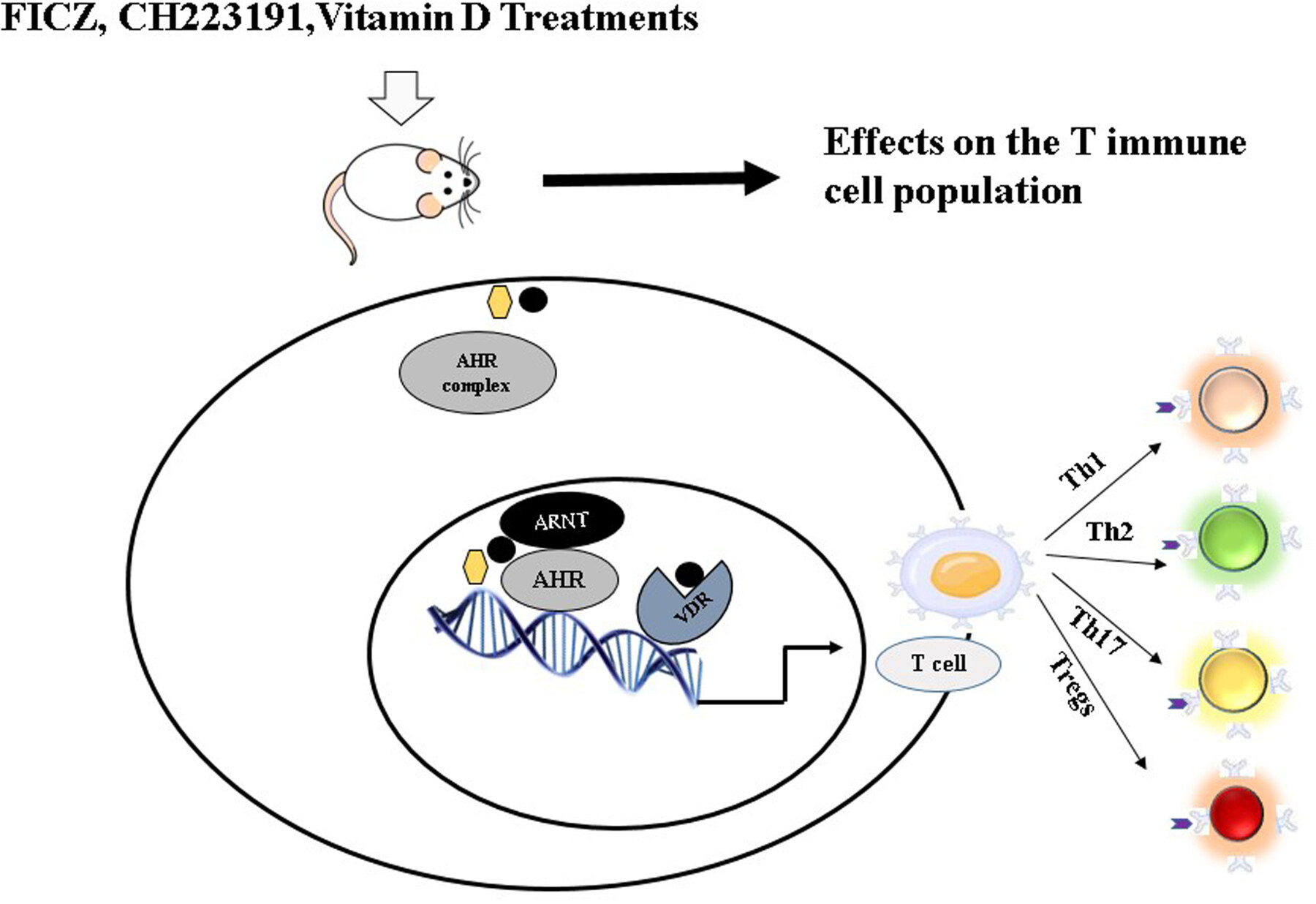
VDR and AHR are important mediators that determine the fate of immune cells.
Combination of FICZ and Vitamin D3 enhances Th17 and Th2 cell populations.
AHR antagonist modifies the prevalence of Th1 cells and associated ratios.
The ligand binding domain (LBD) of AHR is well accommodated with vitamin D.
D-Mannose Upregulates Testin via the NF-κB Pathway to Inhibit Breast Cancer Proliferation
- First Published: 17 July 2025
CircRNA_26782 Regulates Axonal Growth via Inhibiting the Autophagy Pathway in a Rat Model of Spinal Cord Injury
- First Published: 23 July 2025

Downregulation of circ_26782 in spinal neurons results in the upregulation of miR-19b-2-5p, which subsequently suppresses the expression of Rab1b. This suppression leads to the inhibition of the autophagy pathway, as evidenced by the downregulation of LC3-II/LC3-I expression, and consequently promotes axon growth.
The Cytotoxic Effect on HepG2 Cell Line and In Vitro, In Silico Evaluation of 1,2,4-Triazine Compounds as Inhibitors of Acetylcholinesterase and Glutathione S-Transferase
- First Published: 23 July 2025
Antineoplastic Effects of Thymoquinone on Pancreatic Atypical Acinar Cell Foci Treated With Azaserine
- First Published: 23 July 2025
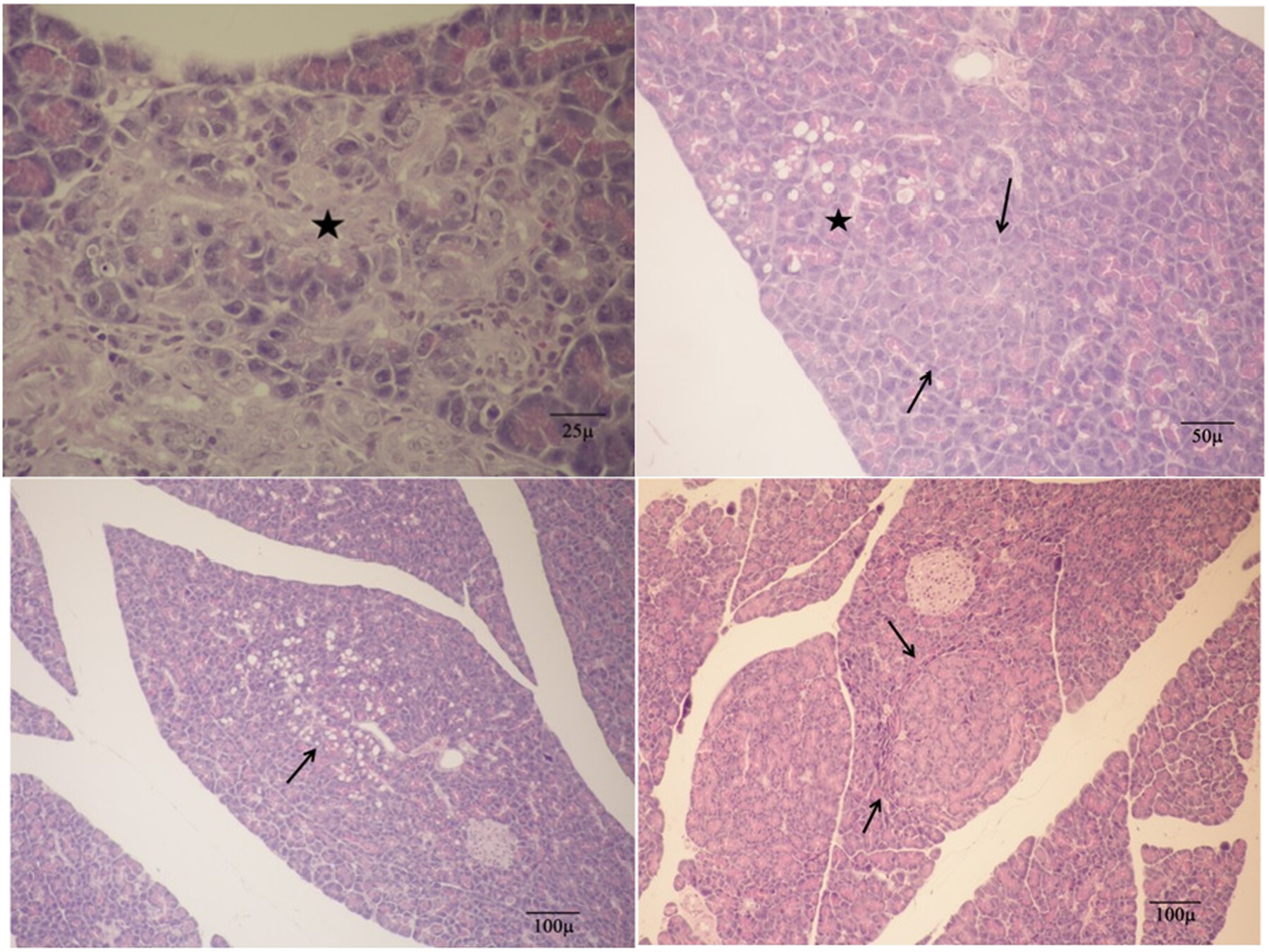
The main purpose of this study was to investigate the antioxidant and anticarcinogenic effects of TQ, which has many traditional uses and is naturally found in Nigella sativa seeds, on the neoplastic changes induced by azaserine in exocrine pancreatic acinar cells. For this purpose, the anticarcinogenic effects of TQ given in the early period when AACFs were not yet formed (first month) and in the late period after AACFs were formed (third month) were investigated.
REVIEW
Exploring the Endoplasmic Reticulum's Role in Alzheimer's Disease and Its Potential as a Therapeutic Target
- First Published: 28 July 2025
RESEARCH ARTICLE
STAG2 Alleviates Anxiety Disorder via Inhibiting cGAS-STING Pathway
- First Published: 28 July 2025

We aim to search the promising hub genes of anxiety disorder using public gene datasets from Gene Expression Omnibus database. The expression of hub genes in anxiety disorders was further determined by constructing an anxiety mice model. Furthermore, as a candidate gene of interest, we explored the potential molecular regulatory mechanism of STAG2 in anxiety disorders using an in vitro model. PTPRC, SMC3, STAG2, FLT3, SYNE1, TERF2IP, NIPBL, ZFP451, MLLT3, and JAK1 were identified as anxiety-related hub genes. STAG2 was chosen as the primary target of our research, which was downregulated in the anxiety mice. Furthermore, STAG2 overexpression increased proliferation while inhibiting apoptosis in CORT-induced PC12 cells. Notably, overexpression of STAG2 caused a decrease in the expression of cGAS and STING in CORT-induced PC12 cells.
Raloxifene and Fulvestrant Exert Antioxidant, Anti-Inflammatory, and Antiapoptotic Action Against Haloperidol-Induced Tardive Dyskinesia in Rats via Activation of the GPER1/PI3k/Akt/Nrf2/HO-1 Signaling Pathways
- First Published: 28 July 2025
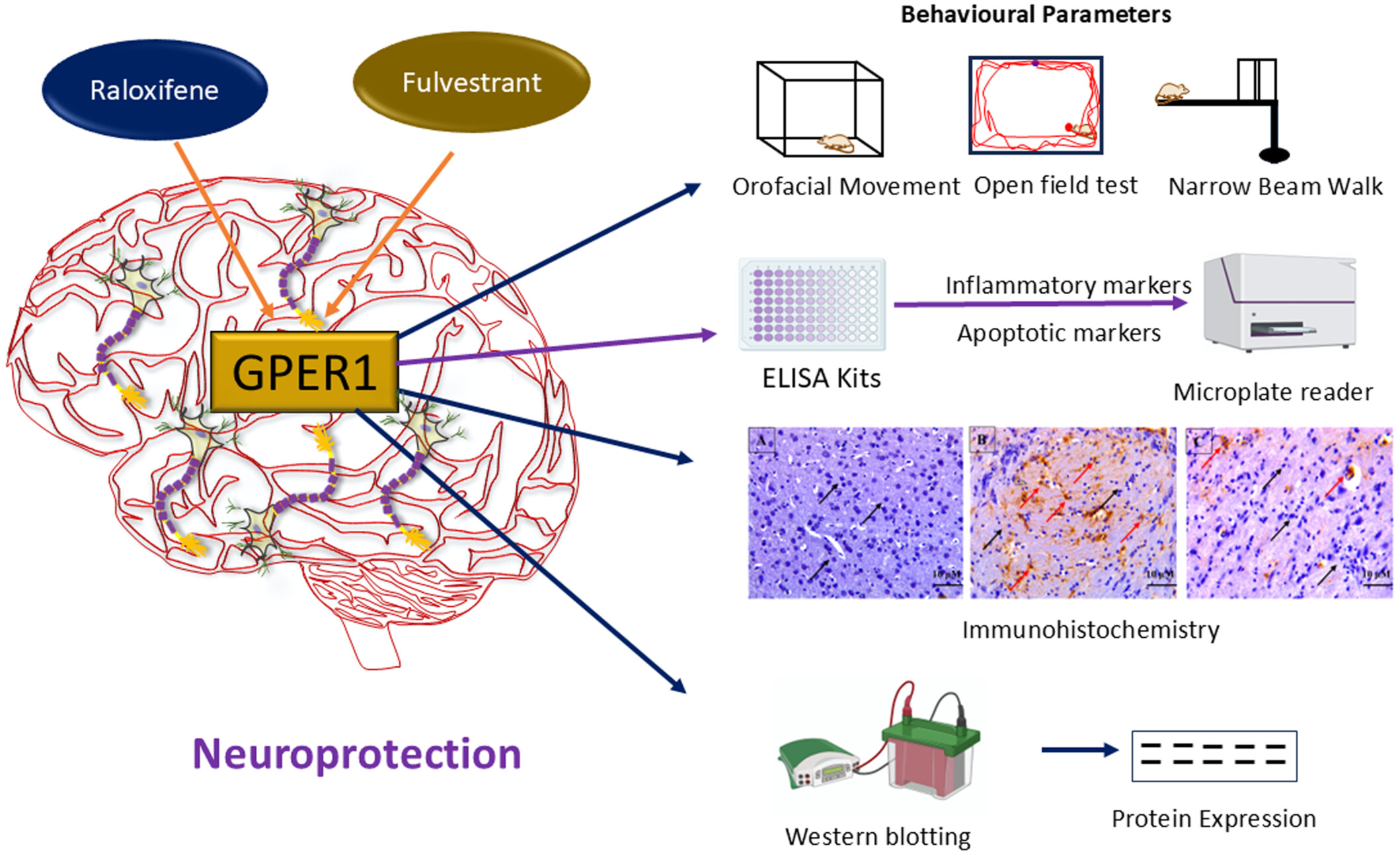
Activation of GPER1 by raloxifene and fulvestrant enhanced locomotor activity and mitigated oxidative stress, apoptosis, inflammation, and GFAP expression in haloperidol-induced tardive dyskinesia (TD) in rats. The neuroprotective effects of raloxifene and fulvestrant are attributed to GPER1-mediated activation of the PI3K/Akt/Nrf2/HO-1 signaling pathways.
Downregulation of CLEC2 Facilitates the Proliferation and Migration of Multiple Myeloma Cells via Regulating HIF-1α-Mediated Ferroptosis
- First Published: 20 July 2025
Circ_PSD3 Stimulates Cell Proliferation, Migration, Invasion and Epithelial to Mesenchymal Transition (EMT) in Papillary Thyroid Carcinoma via the Regulation of miR-145-5p/miR-338-3p/HMGB3 Axis
- First Published: 23 July 2025
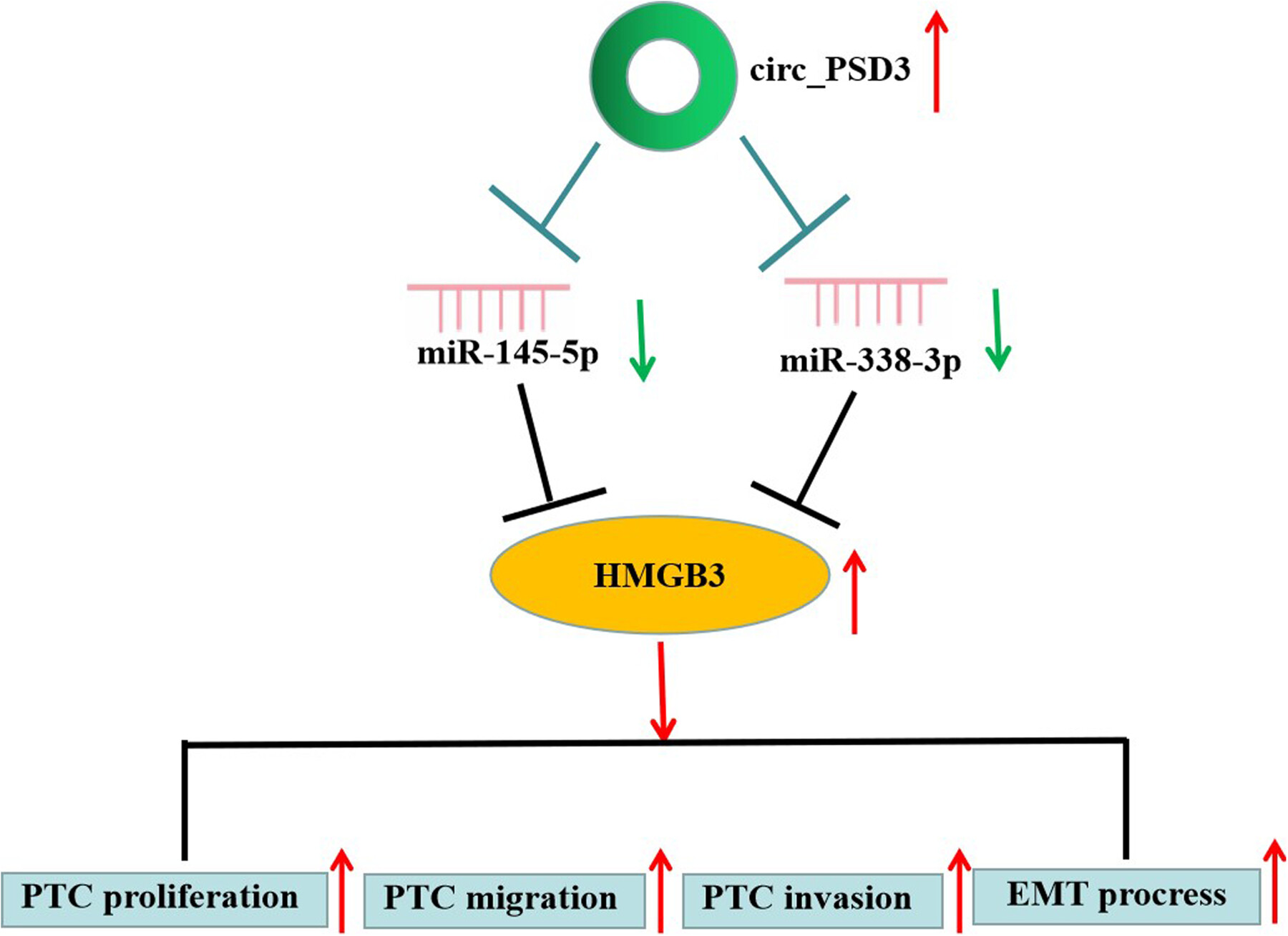
The current work elucidates the expression pattern and role of circ_PSD3 in PTC, confirming that inhibition of circ_PSD3 is capable of inhibiting the proliferation and migration of PTC cells. More importantly, this is the first elucidation that circ_PSD3 promotes PTC progression and EMT via the regulation of the miR-145-5p/miR-338-3p/HMGB3 axis.
REVIEW
Deciphering the Meticulous Role of Safer Auxiliaries and Solvents: A Perspective
- First Published: 24 July 2025
RESEARCH ARTICLE
New Quinazolin-4(3H)-One–Thiazolidine-2,4-Dione Hybrids as Dual Inhibitors of α-Glycosidase and Aldose Reductase: The Synthetic, In Vitro, and In Silico Approaches
- First Published: 28 July 2025

This study presents the synthesis and biological evaluation of novel quinazolin-4(3H)-one-thiazolidine-2,4-dione hybrids as dual inhibitors of α-Gly and ALR2. In vitro assays identified compound 9 as the most potent inhibitor (α-Gly Ki = 0.355 µM, ALR2 Ki = 0.106 µM), with computational studies supporting its activity. Low cytotoxicity and favorable ADME-T profiles highlight the therapeutic potential of these compounds.
Tirzepatide Induces Ferroptosis in Glioblastoma Cell Lines via the SOX2/SLC7A11 Axis: A Potential Therapeutic Strategy for Glioma Treatment
- First Published: 18 July 2025
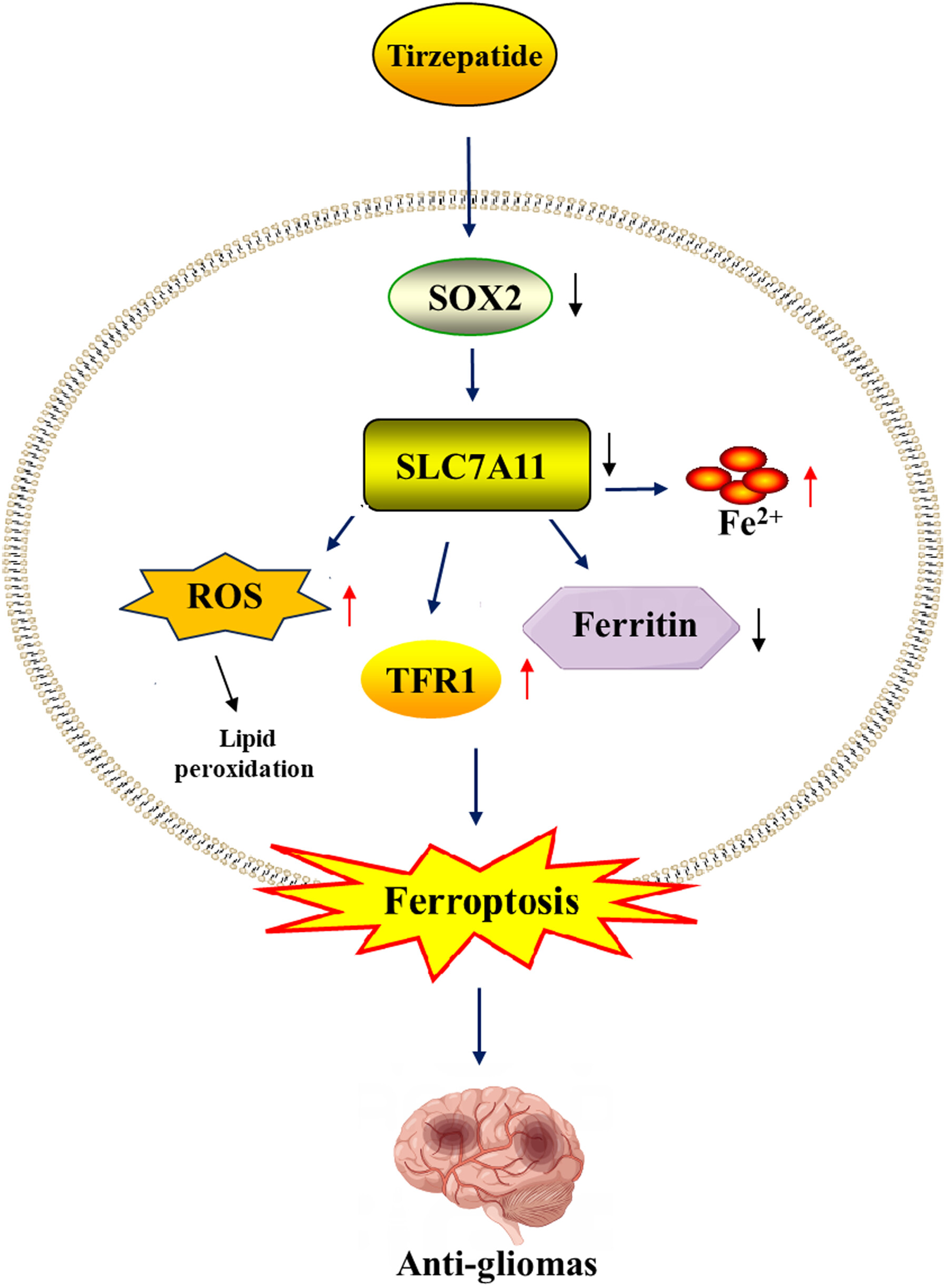
This study investigated Tirzepatide's effects on U87 glioma cells, showing it inhibits proliferation and migration while inducing ferroptosis through increased lipid peroxidation, elevated ROS and MDA levels, reduced SOD activity, and altered expression of iron (Ferritin, TFR1) and lipid metabolism genes (ACSL4, GPX4). Tirzepatide downregulated the SOX2/SLC7A11 axis, crucial for ferroptosis resistance, with effects reversed by Fer-1 or SOX2 overexpression. These findings highlight Tirzepatide's potential as a therapeutic strategy for glioma by targeting ferroptosis.




